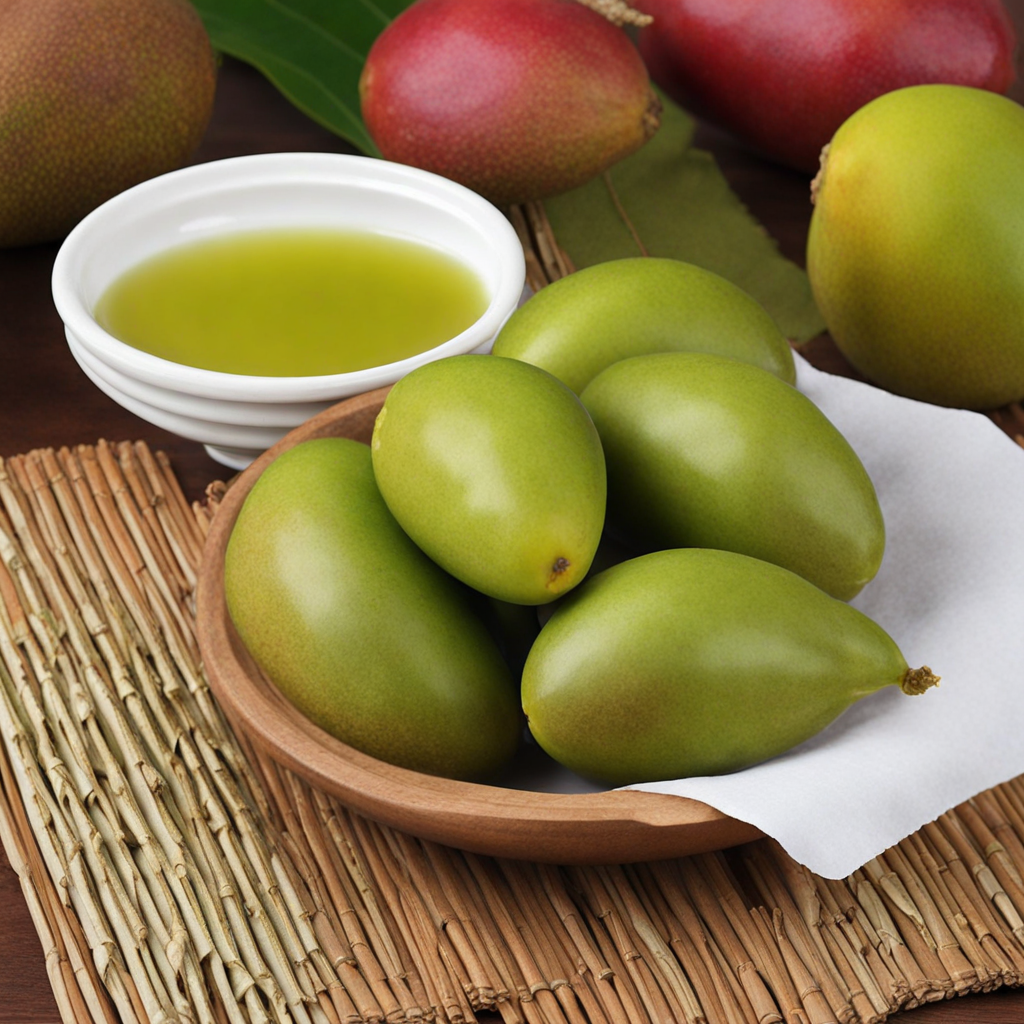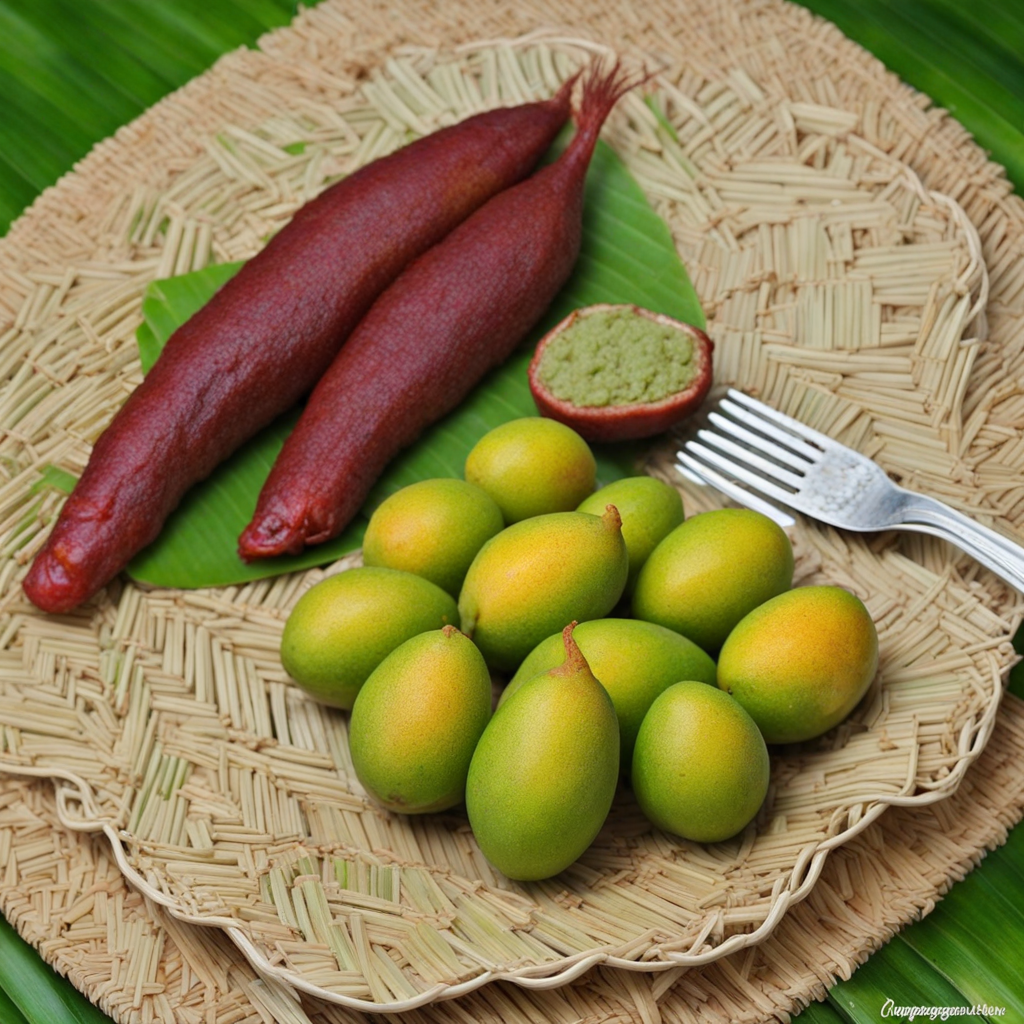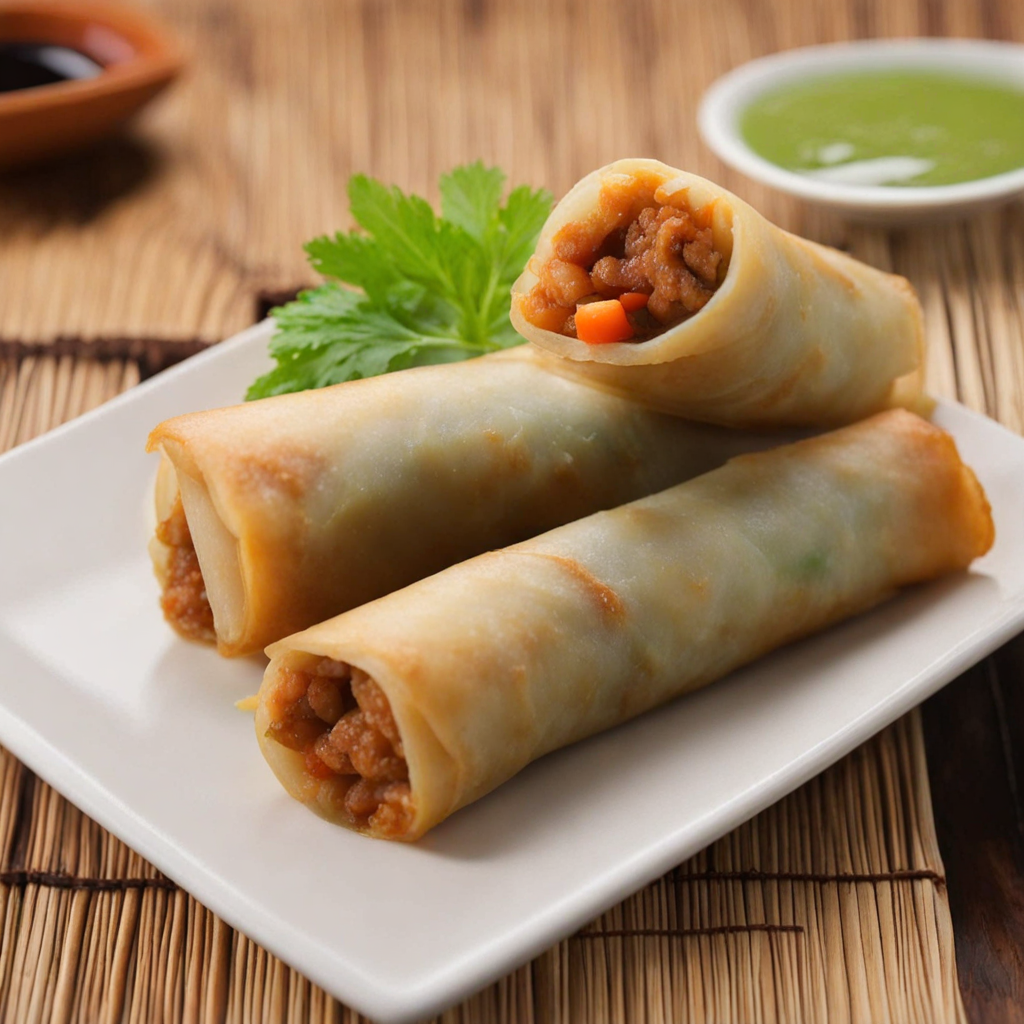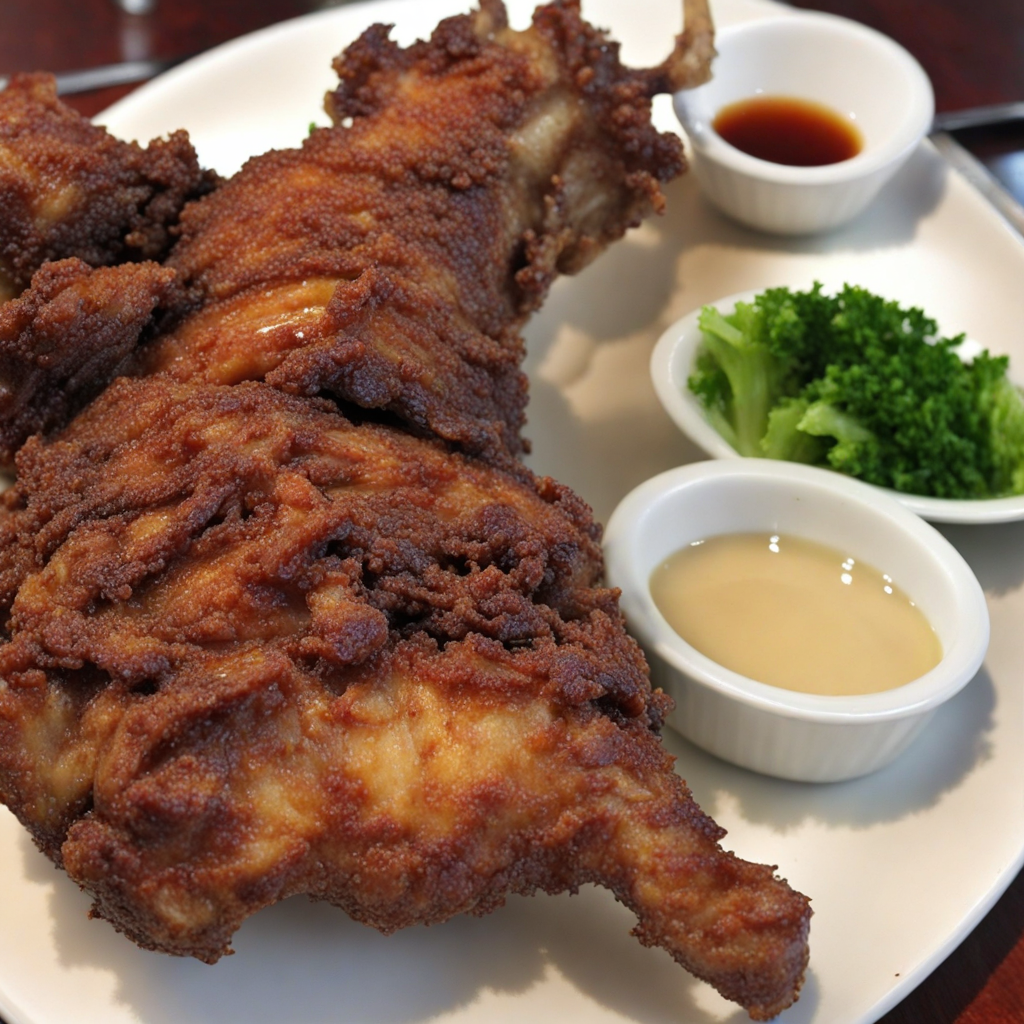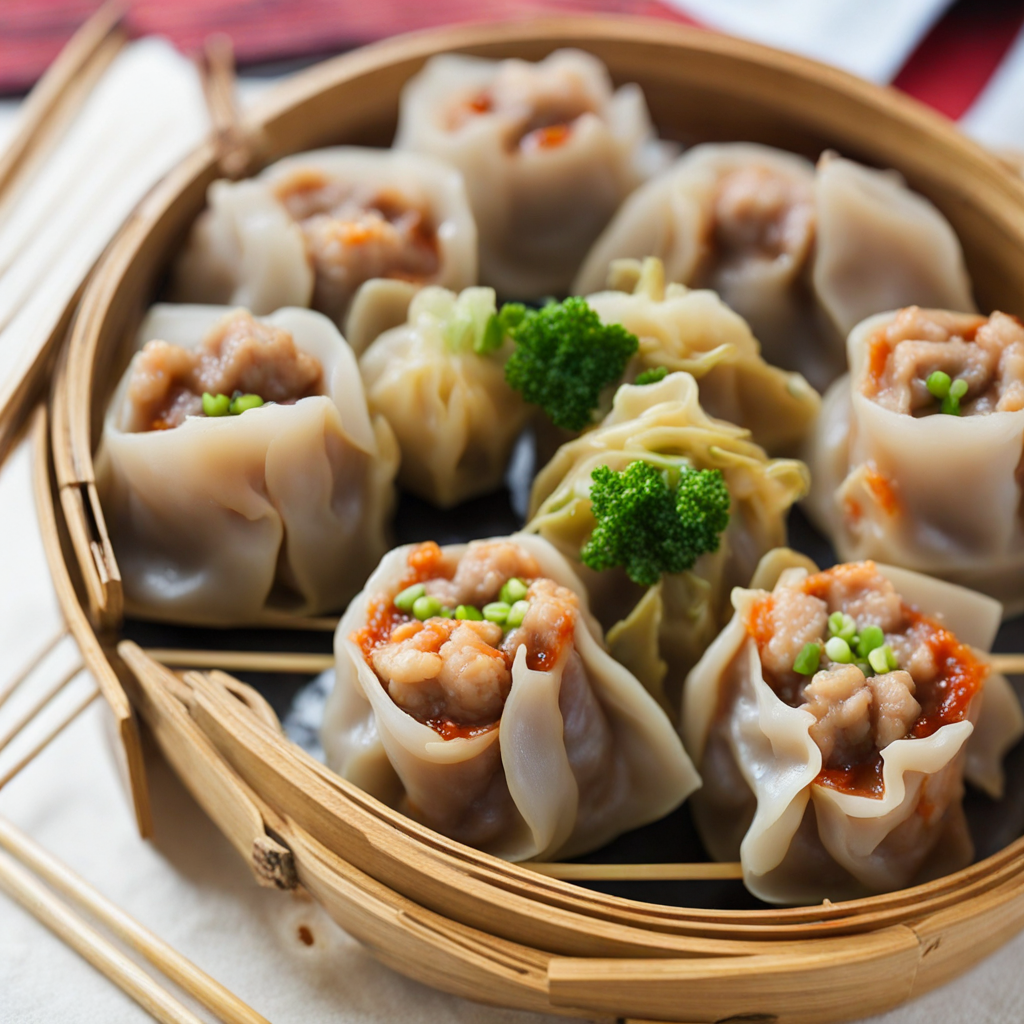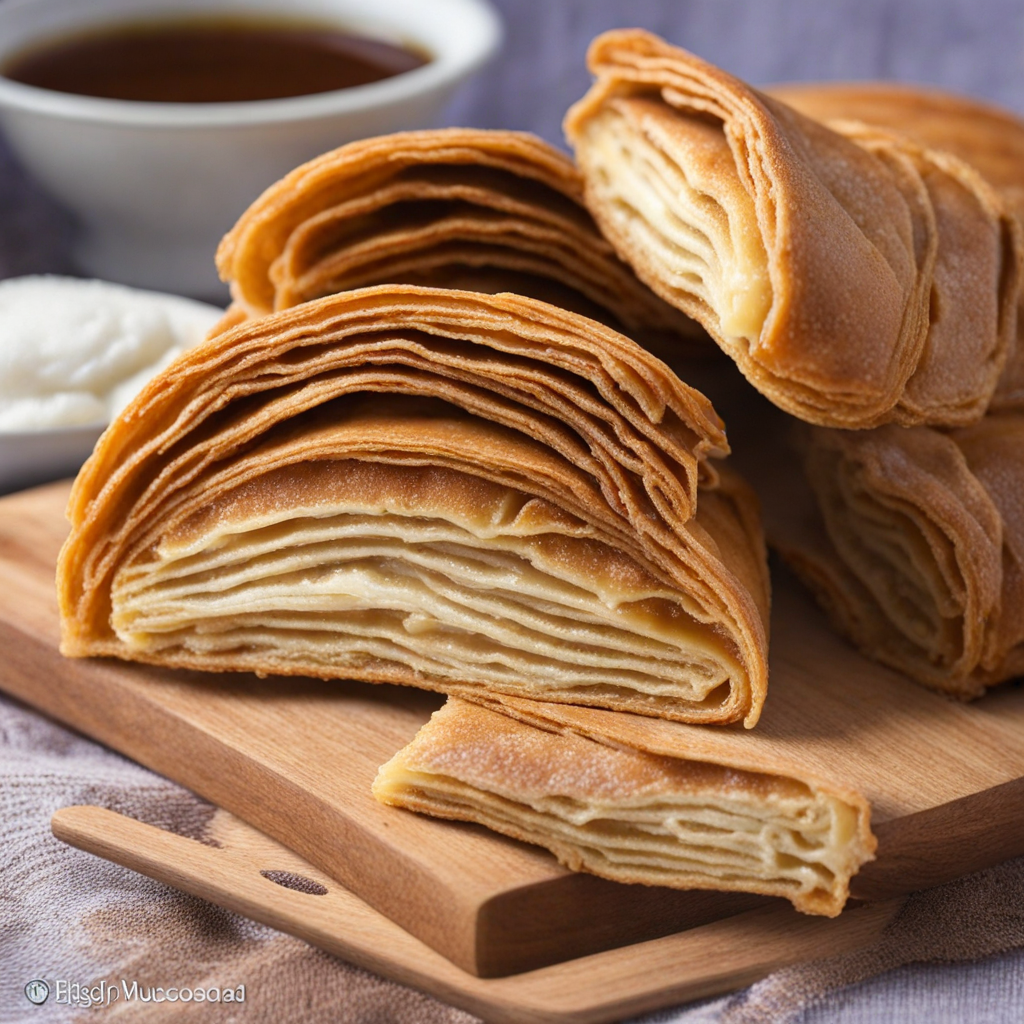Manggang Hilaw
Manggang Hilaw, or green mango, is a delightful and unique culinary experience from the Philippines that showcases the perfect balance of sweet and sour flavors. The fruit is harvested while still unripe, boasting a crisp texture and a vibrant green hue. Its tartness is refreshing and invigorating, making it a popular snack enjoyed by many Filipinos. The taste of Manggang Hilaw is often compared to a sour apple, but with a more pronounced, fruity tang that can awaken the palate, making it a perfect addition to any meal or a standalone treat on a hot day. One of the most traditional ways to enjoy Manggang Hilaw is by pairing it with bagoong, a fermented shrimp paste that adds a savory depth to the fruit's natural tartness. The combination is a delightful contrast; the salty and umami-rich bagoong complements the mango's acidic bite, creating a flavor explosion that tantalizes the taste buds. This pairing is often served as a side dish or a dip, enjoyed at family gatherings and street food stalls alike, highlighting the Filipino love for bold and harmonious flavors. Aside from bagoong, Manggang Hilaw can also be enjoyed with a sprinkle of salt or even a drizzle of vinegar for those who prefer a more straightforward approach. Some adventurous eaters might even try it with chili for an added kick. The versatility of Manggang Hilaw allows it to fit seamlessly into various culinary contexts, from salads to salsas, or simply as a refreshing snack. Its distinct taste is not just a food choice but a cultural experience that offers a glimpse into the vibrant and diverse flavors of Filipino cuisine.
How It Became This Dish
The Story of Manggang Hilaw: A Delightful Filipino Tradition #### Origin and Cultural Roots Manggang Hilaw, or green mango, is a beloved food item in the Philippines, deeply embedded in the country's cultural fabric. The term "manggang hilaw" translates to "unripe mango," and it refers to the early stage of the mango fruit, which is still firm and tart. The mango, a native fruit to South Asia, was introduced to the Philippines centuries ago, likely brought by traders and explorers. Over time, it adapted well to the tropical climate of the archipelago, where various cultivars emerged. The mango is not just a fruit; it symbolizes warmth, hospitality, and the richness of Filipino life. It is celebrated in various forms across the country, but the use of unripe mangoes stands out as a unique culinary tradition. In a land where sweet, ripe mangoes are often heralded as one of the best fruits in the world, the tartness of the manggang hilaw offers a contrasting taste that is just as cherished. #### Cultural Significance In Filipino culture, food often transcends mere sustenance; it carries stories, traditions, and communal ties. Manggang hilaw is no exception. It is commonly enjoyed as a snack, often dipped in a mixture of salt and vinegar or shrimp paste (bagoong). This pairing exemplifies the Filipino penchant for balancing flavors—sweet, salty, sour, and umami—creating a culinary experience that resonates with the Filipino palate. The act of eating manggang hilaw is often a communal affair, where family and friends gather to share the experience, fostering connections and creating lasting memories. It is a popular accompaniment during picnics, beach outings, and festive celebrations, symbolizing the joy of togetherness. The fruit is often served during summer months, aligning with the season of abundance and festivity in the Philippines. Moreover, manggang hilaw is frequently featured in local markets, where vendors display their wares alongside an array of other tropical fruits. The vibrant green color of the manggang hilaw stands out, drawing customers in and inviting them to partake in a taste of the land's bounty. It is a visual reminder of the agricultural richness of the Philippines, where mangoes thrive in various regions, particularly in provinces like Pangasinan and Guimaras. #### Culinary Evolution Over the years, the preparation and presentation of manggang hilaw have evolved, influenced by both tradition and innovation. While the classic dip of salt and vinegar remains popular, contemporary culinary practices have introduced new ways to enjoy this beloved fruit. One notable development is the incorporation of manggang hilaw into salads, salsas, and even desserts, showcasing its versatility. Filipino chefs have begun to experiment with manggang hilaw, crafting dishes that elevate this humble fruit to new culinary heights. For example, in high-end restaurants, manggang hilaw might be used in ceviche, where its tangy flavor complements seafood. Similarly, it has found its way into fusion cuisine, pairing with international flavors to create innovative dishes that reflect the dynamic nature of Filipino gastronomy. Social media has also played a significant role in this evolution. The rise of platforms such as Instagram has allowed food enthusiasts to share their unique takes on manggang hilaw, inspiring others to explore new combinations and presentations. This digital age has transformed the way traditional foods are perceived and consumed, breathing new life into age-old customs. #### Seasonal Celebrations and Festivals Manggang hilaw enjoys special recognition during various Philippine festivals, particularly during mango festivals in regions known for their mango production. The Guimaras Mango Festival, for instance, celebrates the island's reputation for producing the sweetest mangoes in the country, but it also honors the unripe version, highlighting its culinary significance. During these festivities, visitors can partake in tasting competitions, cooking demonstrations, and cultural performances, all centered around the mango in its many forms. These festivals foster a sense of pride among locals, as they showcase the agricultural heritage and traditions associated with the mango. The celebration of manggang hilaw during these events is a testament to its role in Filipino life, where it is not just a fruit but a symbol of cultural identity and community spirit. #### Manggang Hilaw in the Modern World As globalization continues to shape culinary landscapes, manggang hilaw has found its place beyond Philippine shores. Filipino diaspora communities around the world have brought this cherished food item with them, introducing it to new audiences. In cities with significant Filipino populations, such as Los Angeles, New York, and Toronto, manggang hilaw can be found in Filipino restaurants and markets, allowing non-Filipinos to experience its unique taste and cultural significance. Additionally, the rise of food tourism has contributed to the global appreciation of manggang hilaw. Tourists visiting the Philippines often seek authentic culinary experiences and are eager to sample local delicacies, including the unripe mango. Food tours that highlight traditional snacks and street food often include manggang hilaw, enabling visitors to engage with Filipino culture in a meaningful way. #### Conclusion Manggang hilaw is more than just a simple snack; it is a vibrant expression of Filipino culture, history, and community. From its origins as a native fruit to its evolution into a beloved culinary staple, the unripe mango embodies the essence of Filipino life. Its tartness, often enjoyed with a variety of dips, brings people together, creating a shared experience that transcends generations. As the world continues to evolve, so too does the way we appreciate and enjoy food. Manggang hilaw stands as a testament to the enduring power of tradition and the ability to adapt, bridging the past with the present. Whether enjoyed at a family gathering, a festive celebration, or a trendy restaurant, manggang hilaw remains a cherished part of the Filipino culinary landscape, symbolizing the richness of the archipelago's agricultural heritage and the warmth of its people.
You may like
Discover local flavors from Philippines


